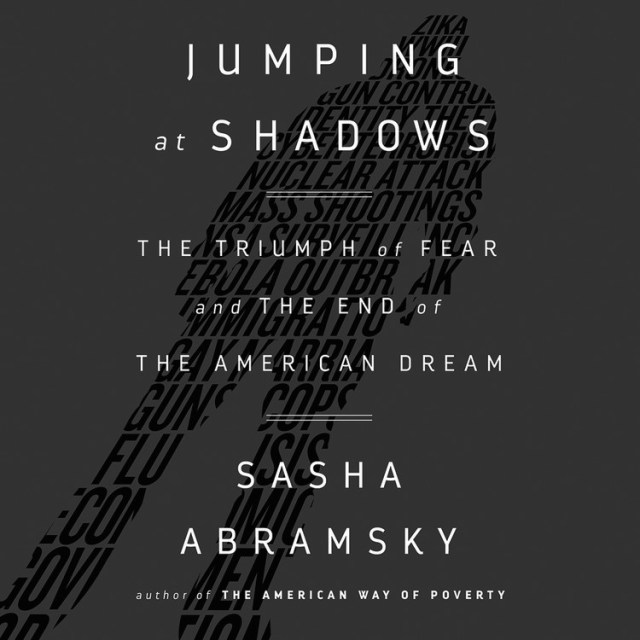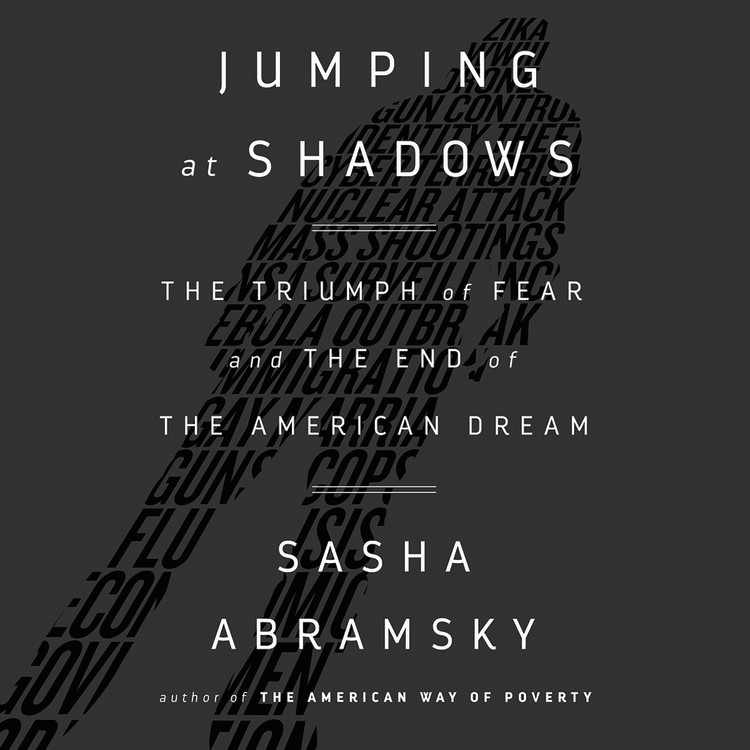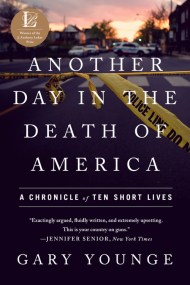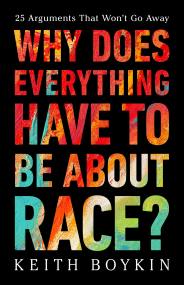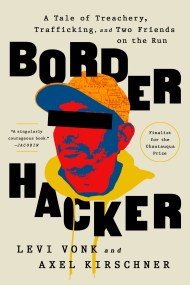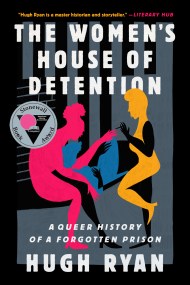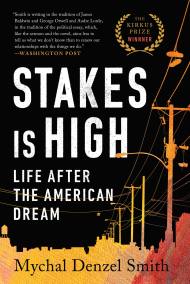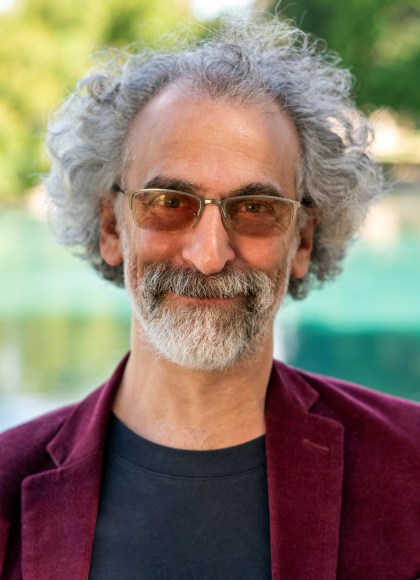Promotion
Use code MOM24 for 20% off site wide + free shipping over $45
Jumping at Shadows
The Triumph of Fear and the End of the American Dream
Contributors
Read by Matthew Waterson
Formats and Prices
Format
Format:
- Audiobook Download (Unabridged)
- ebook $16.99 $21.99 CAD
- Hardcover $28.00 $36.50 CAD
This item is a preorder. Your payment method will be charged immediately, and the product is expected to ship on or around September 5, 2017. This date is subject to change due to shipping delays beyond our control.
Also available from:
Jumping at Shadows is Sasha Abramsky’s searing account of America’s most dangerous epidemic: irrational fear. Taking readers on a dramatic journey through a divided nation, where everything from immigration to disease, gun control to health care has become fodder for fearmongers and conspiracists, he delivers an eye-popping analysis of our misconceptions about risk and threats. What emerges is a shocking portrait of a political and cultural landscape that is, increasingly, defined by our worst fears and rampant anxieties.
Ultimately, Abramsky shows that how we calculate risk and deal with fear can teach us a great deal about ourselves, exposing deeply ingrained strains of racism, classism, and xenophobia within our culture, as well as our growing susceptibility to the toxic messages of demagogues.
Genre:
-
"A provocative look at the science and psychology behind fear-based politics.... Abramsky presents a clearly written synthesis of science and sociology. A thoughtful progressive feint against the vulgar fearmongering of the moment."Kirkus Reviews
-
"In this fascinating examination of fear, journalist Abramsky (The American Way of Poverty) reveals how it has infected the collective American psyche, influencing everything from child rearing to government. ...Readers interested in groupthink, sociology, or seeking insight into the current state of American politics will devour this book."Library Journal
- On Sale
- Sep 5, 2017
- Publisher
- Hachette Audio
- ISBN-13
- 9781478988700
Newsletter Signup
By clicking ‘Sign Up,’ I acknowledge that I have read and agree to Hachette Book Group’s Privacy Policy and Terms of Use
